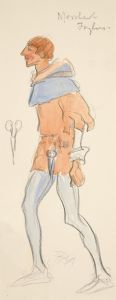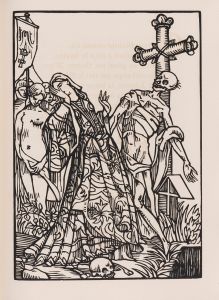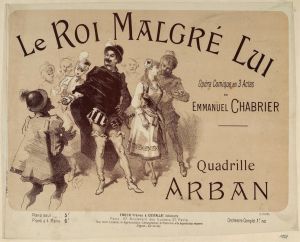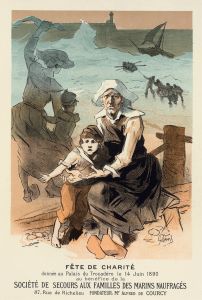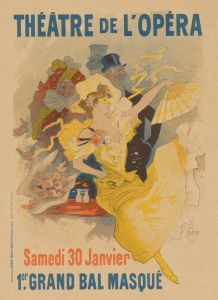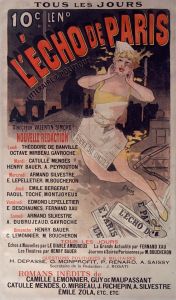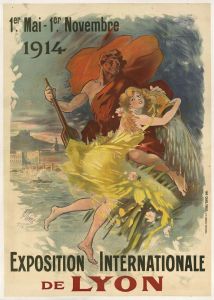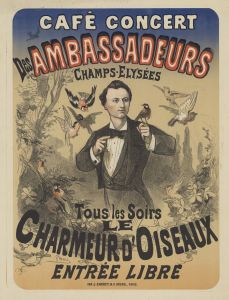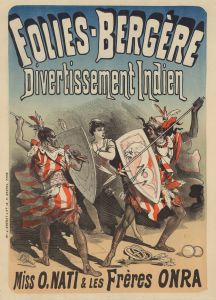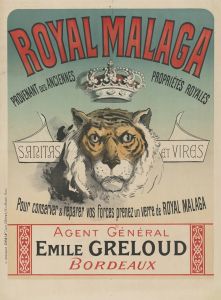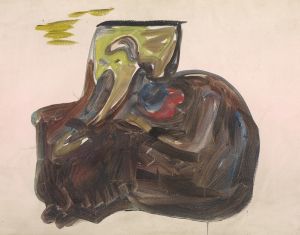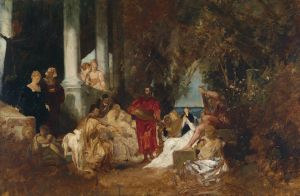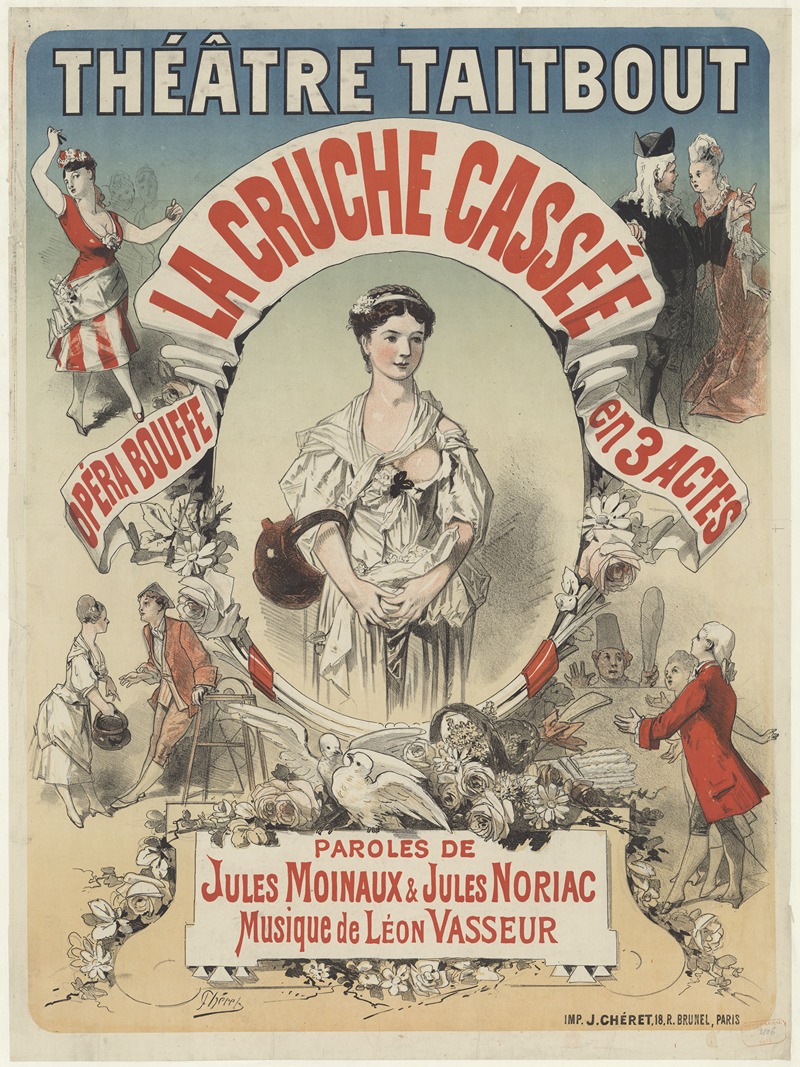
Théâtre Taitbout. La Cruche cassée. Musique de Léon Vasseur
A hand-painted replica of Jules Chéret’s masterpiece Théâtre Taitbout. La Cruche cassée. Musique de Léon Vasseur, meticulously crafted by professional artists to capture the true essence of the original. Each piece is created with museum-quality canvas and rare mineral pigments, carefully painted by experienced artists with delicate brushstrokes and rich, layered colors to perfectly recreate the texture of the original artwork. Unlike machine-printed reproductions, this hand-painted version brings the painting to life, infused with the artist’s emotions and skill in every stroke. Whether for personal collection or home decoration, it instantly elevates the artistic atmosphere of any space.
Théâtre Taitbout. La Cruche cassée. Musique de Léon Vasseur is a poster created by the renowned French artist and lithographer Jules Chéret. This work was designed as an advertisement for a theatrical production of La Cruche cassée (The Broken Jug), a comedic opera with music composed by Léon Vasseur. The performance took place at the Théâtre Taitbout, a Parisian venue active during the late 19th century.
Jules Chéret, often referred to as the "father of the modern poster," was a pivotal figure in the development of commercial art during the Belle Époque. His innovative use of color lithography and dynamic compositions revolutionized poster design, elevating it to an art form in its own right. Chéret's posters were widely admired for their vibrant colors, elegant typography, and lively depictions of Parisian life, often featuring graceful female figures known as "Chérettes."
The poster for La Cruche cassée exemplifies Chéret's signature style. It features a central female figure, likely representing a character from the opera, surrounded by decorative elements and text promoting the production. The use of bold, cheerful colors and fluid lines captures the lighthearted and entertaining nature of the theatrical performance. Chéret's ability to combine artistic flair with effective advertising made his work highly sought after by theaters, cabarets, and other cultural institutions of the time.
La Cruche cassée itself is a one-act opéra comique, first performed in 1870. Composed by Léon Vasseur, the opera is based on Heinrich von Kleist's play Der zerbrochene Krug (The Broken Jug), though it adapts the story into a more humorous and accessible format suitable for a French audience. Vasseur's music, characterized by its melodic charm and wit, contributed to the opera's popularity during its initial run.
The Théâtre Taitbout, where this production was staged, was one of many smaller theaters in Paris that catered to a growing middle-class audience during the late 19th century. These venues often presented a mix of operettas, comedies, and other light entertainments, reflecting the tastes of the era.
Today, Chéret's posters, including the one for La Cruche cassée, are celebrated as masterpieces of graphic design and are preserved in museum collections around the world. They provide valuable insights into the cultural and artistic landscape of 19th-century Paris, as well as the evolution of advertising as a medium.





